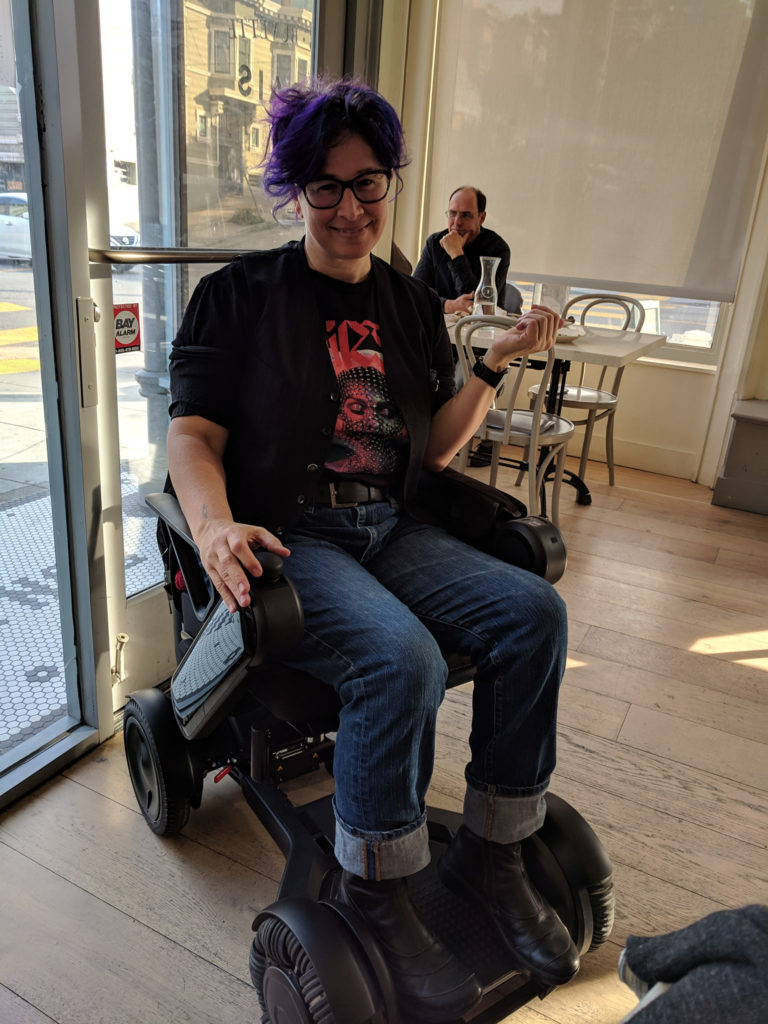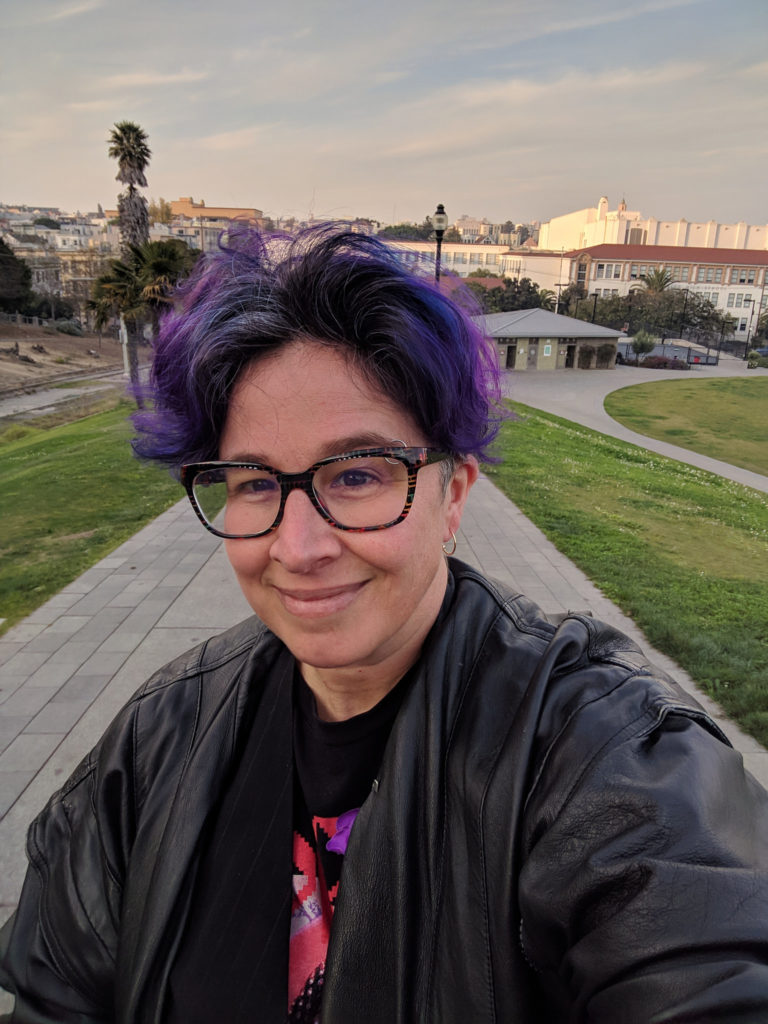The ways of maps
A friend was asking me some questions today about intersections of disability, gender, and the internet. What happens when creators of the web, or of applications, bring their identities to bear? Are there interesting examples?
I get asked questions like this fairly often: Show me a disabled woman of color who is like, inventing some entirely alternate reality! Or, something along the lines of, give me the name of someone who is “just like so-and-so famous white guy, but a (disabled) woman of color”. No one I can think of ever quite fits the requirements, in part because the questions are framed from a point of view of what we have now and the point of diversity is looking for something different outside of that frame! The differences may not be what you expect or want them to be. It is hard to answer the questions but I always try to offer some thoughts – usually just a few names or pointers to interesting web sites.
One aspect I could point to as a general principle, though, would be to look for people who are consciously creating experiences or works that are multi-layered and can be experienced in different ways. For example looking at the Disability Visibility Project, you can say, well, what is this? It offers many different experiences: blog text or Facebook posts, with image and video descriptions; podcasts with transcripts; oral histories, interviews, and personal connections; Twitter chats that connect people over an hour on a very low barrier to entry public discussion using particular hashtags. Or, thinking of Kinetic Light’s Descent: it’s a dance performance where there’s meticulous attention to the performance venue accessibility, audio descriptions, music, poems, narration, and 3-D printed representation of the stage for tactile participation. Doing those things is quite radical and yet it doesn’t mean inventing a new kind of internet or a whole new technology. It is bringing the tools to bear that we can and bringing all of our awareness into the game.
In theory, those tools could be built into our expectations of what an app, a web site, a video, or an image, are and how they are experienceable (or consumable, if you want to think of it as consumption, which I’m not sure that I do). They may be there, but they are not integrated as they might be (for example, have a look at the WordPress Gutenberg debacle!) And, in fact I think Kinetic Light has an app in development that is intended for use by other performers or performances, that would allow for the different “channels” of experience to be presented more easily (such as translations, transcriptions, descriptions, music, or other dimensions of experience).
I want to say more about that but first a little digression as the thought I was leading to is more about geography and embodiment. I think of all the efforts people are making to improve maps. What is shown on maps, in what level of granularity, how do we represent it. This depends deeply on our physical embodiment and how we traverse the landscape. A map is not just a door or a path – it can show something of the ways we might want to be in it (or not). I care not just about stairs and ramps and elevators, but about texture, cobblestones, bricks, gravel, dirt, grass, marble — for navigability but also for enjoyment or to prepare myself for extra pain. The SoundPrint project maps for noisy or quiet environments. We care about hot and cold, sunlight exposure, whether there is a view, a feeling of claustrophobia or limitlessness, whether children can run free or can be easily entertained and accommodated, and certainly about how easy and fast it will be to go to the bathroom. I think of projects like wikimapia which were going to gather photos and impressions from many people for particular points in space, and of my dream project of creating beautiful and useful MUD-like text description overlays on precise points in every direction, which could deepen over time as places change, to retain the ghosts of the past.


